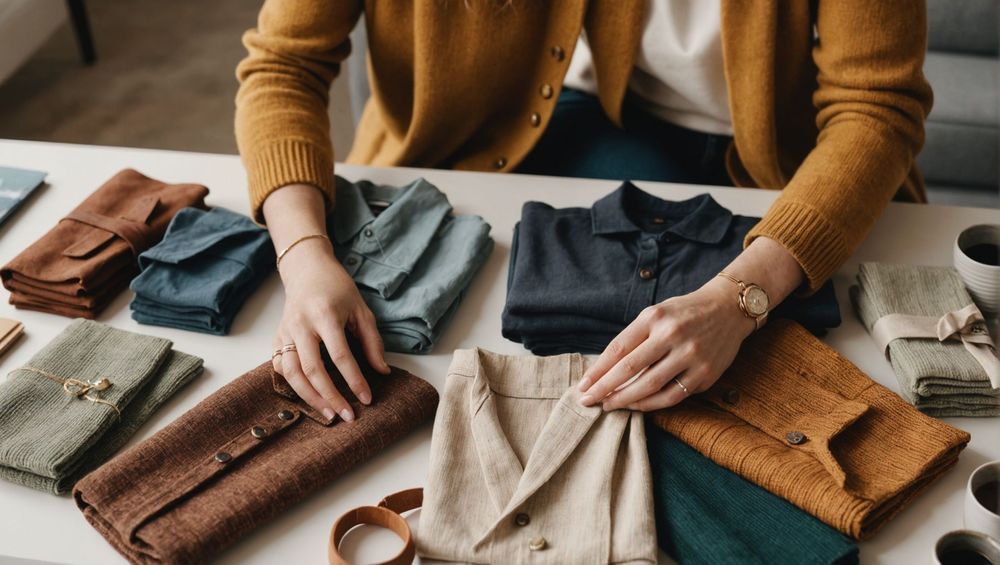Finally Get Your Color Type! 3 Tricks Color Analysts Don’t Tell You
Understanding your color type can transform how you choose clothing, makeup, and even home decor. While many color analysts can help you identify your seasonal palette, they often overlook a few essential tricks that could deepen your understanding of your unique color profile. In this article, we will uncover three key tricks color analysts may not share, giving you the tools you need to finally pinpoint your color type with confidence.
Understanding the Basics of Color Analysis

Color analysis is a method used to determine which colors harmonize best with your natural complexion, hair color, and eye color. Most analysts categorize individuals into four seasons—Spring, Summer, Autumn, and Winter—each representing a distinct palette of colors. However, this straightforward categorization doesn’t account for the complexities of individual features, such as undertones or intensity. Understanding your color type not only enhances your appearance but also boosts your confidence by allowing you to highlight your best features. Here are some fundamental aspects to consider in color analysis:
- Undertones: Knowing whether you have warm or cool undertones is crucial.
- Contrast Levels: The contrast between your hair, skin, and eye color can influence your best colors.
- Intensity: Some individuals may be best suited for bright, vibrant shades, while others look great in softer tones.
Trick #1: Analyze Natural Lighting

One aspect that many color analysts often forget to emphasize is the importance of natural light in color analysis. The way colors appear can drastically change depending on the light. Natural sunlight showcases colors at their purest, revealing the true undertones in your skin and hair. By assessing your colors in different lighting conditions, you can gain a more comprehensive understanding of which shades enhance your natural beauty. Here’s how to accurately analyze your colors:
- Step outside or near a window during the day.
- Hold up various fabric swatches or clothing items close to your face.
- Observe which colors make your skin glow and your features pop.
By following this method, you’ll discover that some shades you initially thought were ideal might not work as well as you imagined, leading you closer to your true color type.
Trick #2: Consider Your Color Emotions
Your emotional response to colors can reveal important clues about your true color type. While color analysts focus on physical traits, personal aesthetics and feelings toward different hues should not be ignored. This psychological aspect can deeply impact your confidence and how you carry yourself in various outfits. Here are a few steps to gauge your emotional connection to colors:
- Reflect on Favorites: Write down your favorite colors and contemplate why you love them.
- Color Association: Recognize how certain colors make you feel; do they evoke happiness, calmness, or discomfort?
- Wardrobe Audit: Examine your closet—are there trends or colors you’ve unconsciously gravitated toward?
Your emotional responses can guide you toward discovering a color palette that not only suits you on the outside but resonates deeply on the inside.
Trick #3: Mix and Match Techniques
Many analysts rely solely on one method of color analysis, but combining several approaches can yield more accurate results. This might include seasonal analysis, intensity assessment, and even body shape or personality traits. By being versatile in your technique, you can achieve a more nuanced understanding of what truly looks good on you. Here are suggestions for integrating different methods:
- Start with a seasonal analysis to get a broad overview of your palette.
- Incorporate intensity and contrast levels to refine your choices.
- Evaluate how different clothing patterns and styles align with your personality and lifestyle.
This blended approach allows you to embrace a multi-faceted view of your color type, ultimately leading to more confidence in your choices.
Conclusion
Determining your color type doesn’t have to be a daunting task full of cryptic rules and rigid categorizations. By paying attention to natural lighting, recognizing your emotional relationship with colors, and utilizing a mix of analytical techniques, you’ll arm yourself with the insights that go beyond what many color analysts share. Each person is unique, and your color palette should reflect your individuality, enhancing not just your appearance but also your personal expression. Embrace these tricks and take the next step toward confidently investing in your color type journey!
FAQs
1. What are the four seasonal color types?
The four seasonal color types are Spring, Summer, Autumn, and Winter, each classified based on various features like undertones, warmth, and intensity of colors.
2. How can I figure out my undertone?
To determine your undertone, observe whether your skin reflects warm hues (yellow, peach) or cool hues (pink, blue). You can also check the color of your veins—green veins usually indicate warm undertones while blue veins suggest cool undertones.
3. Why is natural light important in color analysis?
Natural lighting provides a true representation of your coloring, allowing you to see the authentic effects of colors against your skin without artificial color distortions.
4. Can my color type change over time?
Yes, your color type can change due to factors like aging, changes in hair color, or significant weight loss, which can alter your skin’s appearance and coloring.
5. Is it necessary to see a professional color analyst?
While professional help can provide valuable insights, implementing these tricks and techniques can enable you to effectively analyze your color type independently, enhancing your confidence in color choices.

